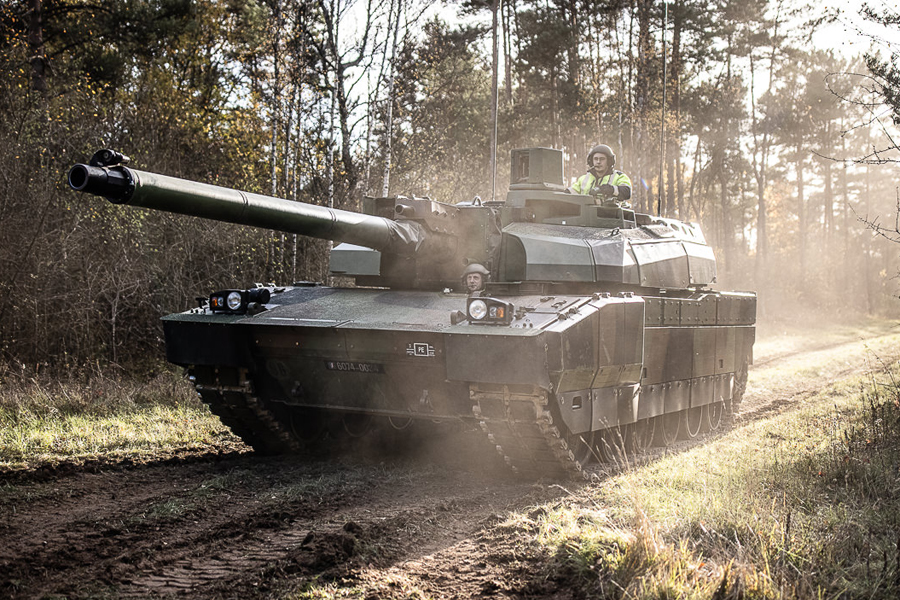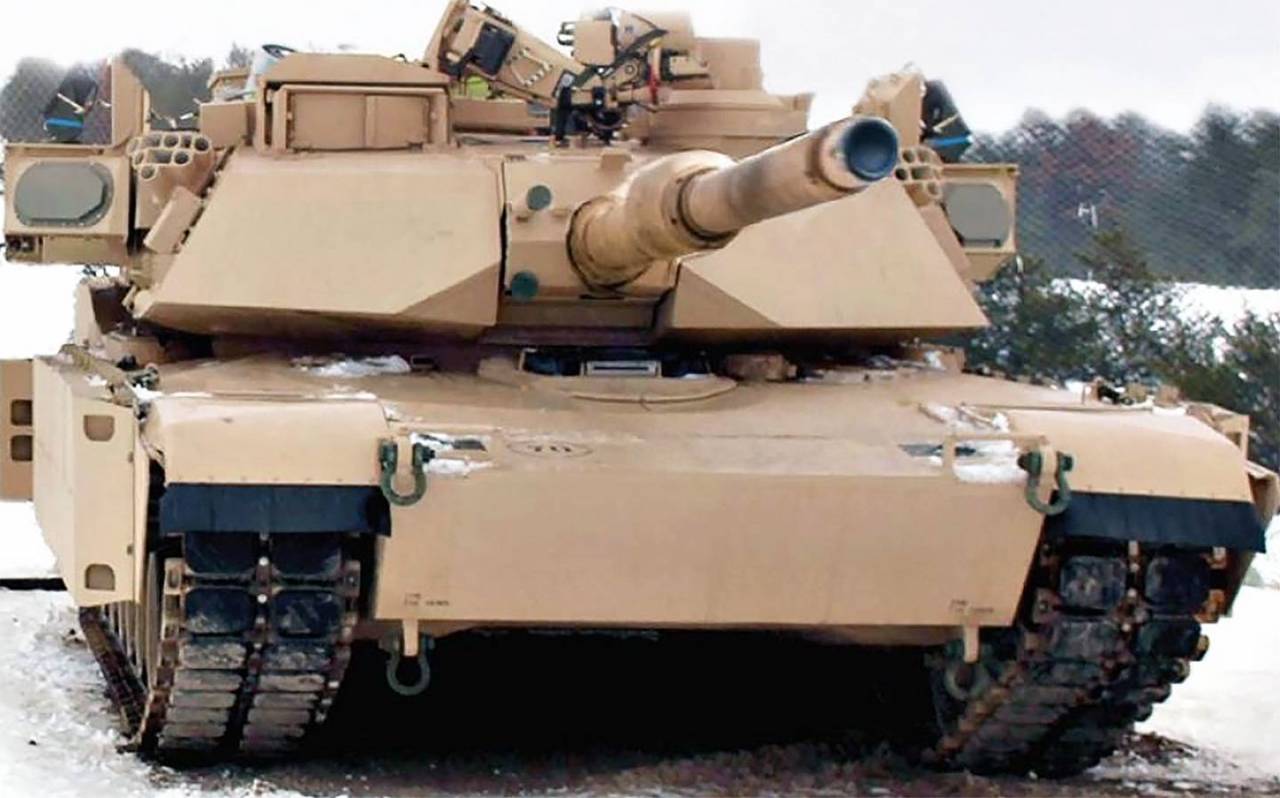The Leclerc XLR main battle tank represents a significant leap in armored warfare technology, showcasing advanced modifications that enhance its capabilities while preserving its core strengths. The recent tests conducted by the French General Directorate of Armament (DGA) at a range in Bourges have confirmed the effectiveness of these upgrades, affirming that the Leclerc XLR meets all expected objectives without compromising its fundamental firepower.
Development and Modernization
The Leclerc XLR is a product of extensive modernization efforts aimed at transforming the third-generation Leclerc MBT into a fourth-generation powerhouse. This ambitious upgrade project, spearheaded by Nexter, a division of KMW+Nexter Defense Systems (KNDS), began with a vision unveiled in March 2015. The project involved upgrading 200 Leclerc tanks, with two prototypes introduced in 2018 and the remaining units scheduled for completion over eight years starting in 2020. The contract for these upgrades was valued at approximately €330 million.

Key Enhancements
Armament and Firepower:
- Main Gun: The XLR retains the formidable 120mm CN 120-26 smoothbore tank gun, enhanced with a thermal sleeve, dynamic barrel positioning system, and the ability to fire programmable ammunition such as the HE M3M 120mm.
- Secondary Armament: A remotely-operated 7.62mm caliber machine gun from FN Herstal adds to the tank’s versatility and defensive capabilities.
Armor and Protection:
- Modular Armor: The XLR features enhanced modular armor on both the turret and hull, with a thickness of 1200mm, providing robust protection against various threats.
- Wire Cage Armor: Rear wire cage armor has been added to protect the engine compartment from rocket-propelled grenades (RPGs).
- Active Defense Systems: The integration of the advanced multispectral GALIX technology enhances the tank’s active self-defense capabilities.

Technological Integration
The Leclerc XLR’s fourth-generation attributes are largely defined by its sophisticated electronics and networked architecture, ensuring seamless integration into the SCORPION joint battle group (JBG). Key components include:
- Thales Tactical Radio System: Enhances communication and coordination within the battlefield.
- NBC Protection System: Provides protection against nuclear, biological, and chemical threats.
- Night Vision Equipment: Ensures operational effectiveness in low-light conditions.
- SCORPION Information and Command System (SICS): Designed by Atos, this system facilitates real-time information sharing and command.
- Advanced Display Screens: Offer intuitive interfaces for both the commander and gunner.
Additional Features

The Leclerc XLR also boasts numerous other enhancements:
- Counter-IED Jammer: Improves protection against improvised explosive devices.
- Redesigned Man-Machine Interfaces: For enhanced operational efficiency and user experience.
- Advanced Battle Health Monitoring System: Provides real-time status updates on the tank’s operational condition.
- Navigation Systems: Combines inertial and GPS navigation for improved accuracy.
Competitive Edge
The Leclerc XLR stands out in the modern battlefield, potentially positioning itself as a competitor to advanced tanks like Russia’s Armata and Germany’s Leopard 2. Its comprehensive suite of upgrades ensures it remains a formidable force, capable of withstanding and responding to contemporary threats. The integration of cutting-edge technology and robust protection systems ensures that the Leclerc XLR is not only catching up but potentially surpassing its competitors in certain aspects of armored warfare.
Conclusion
The Leclerc XLR is a testament to the French military’s commitment to maintaining a leading edge in armored warfare technology. Its successful integration of advanced systems and enhancements ensures that it remains a potent and adaptable platform for modern combat scenarios. The Leclerc XLR exemplifies the evolution of main battle tanks, blending traditional firepower with state-of-the-art technology to meet the demands of contemporary warfare.






